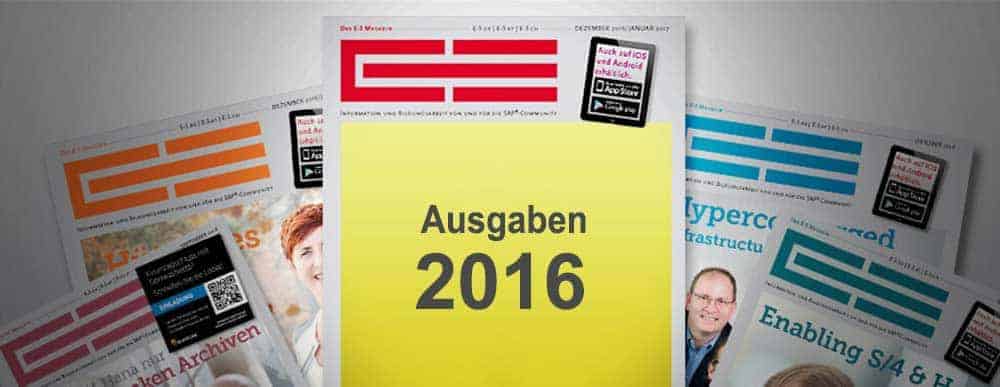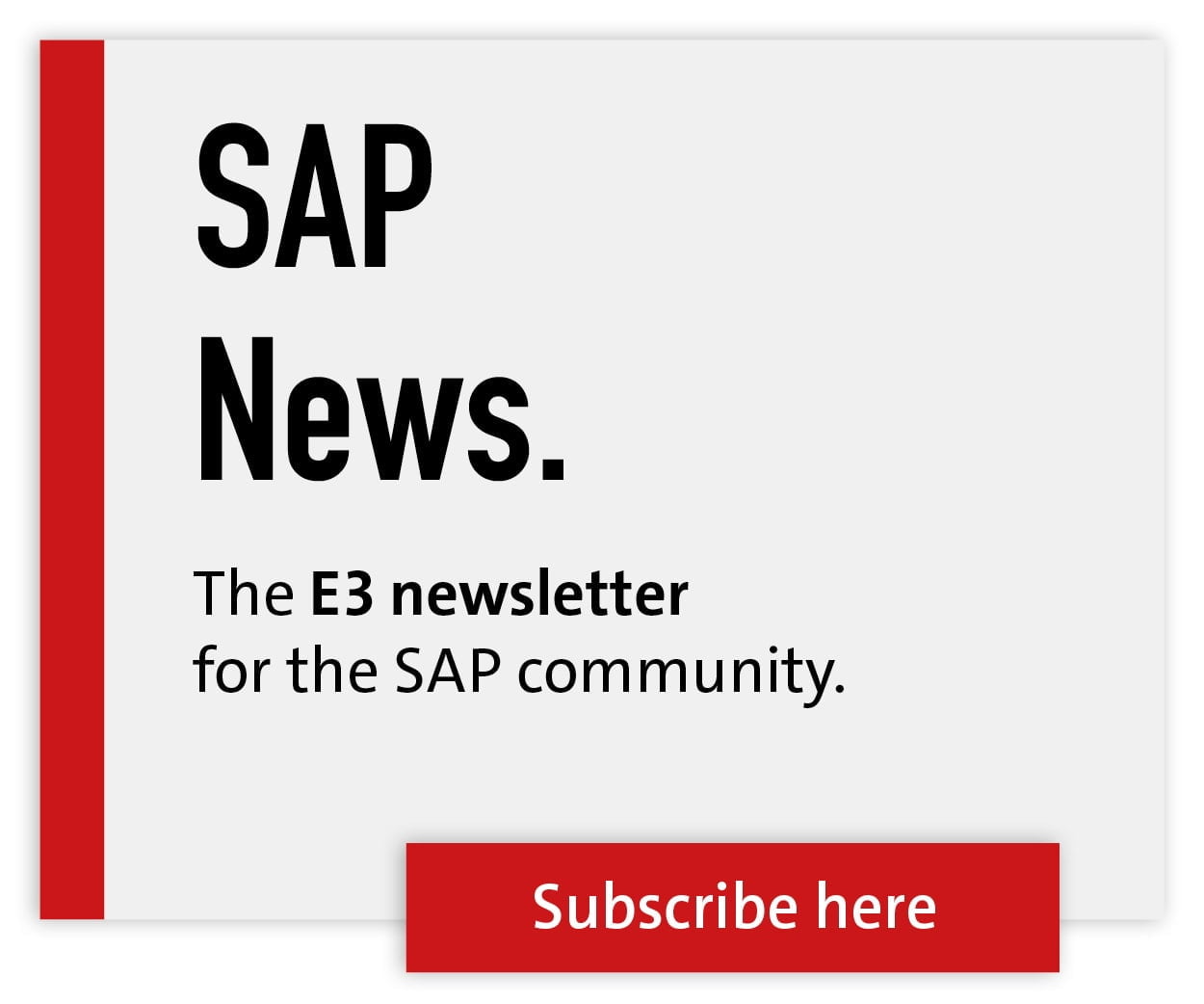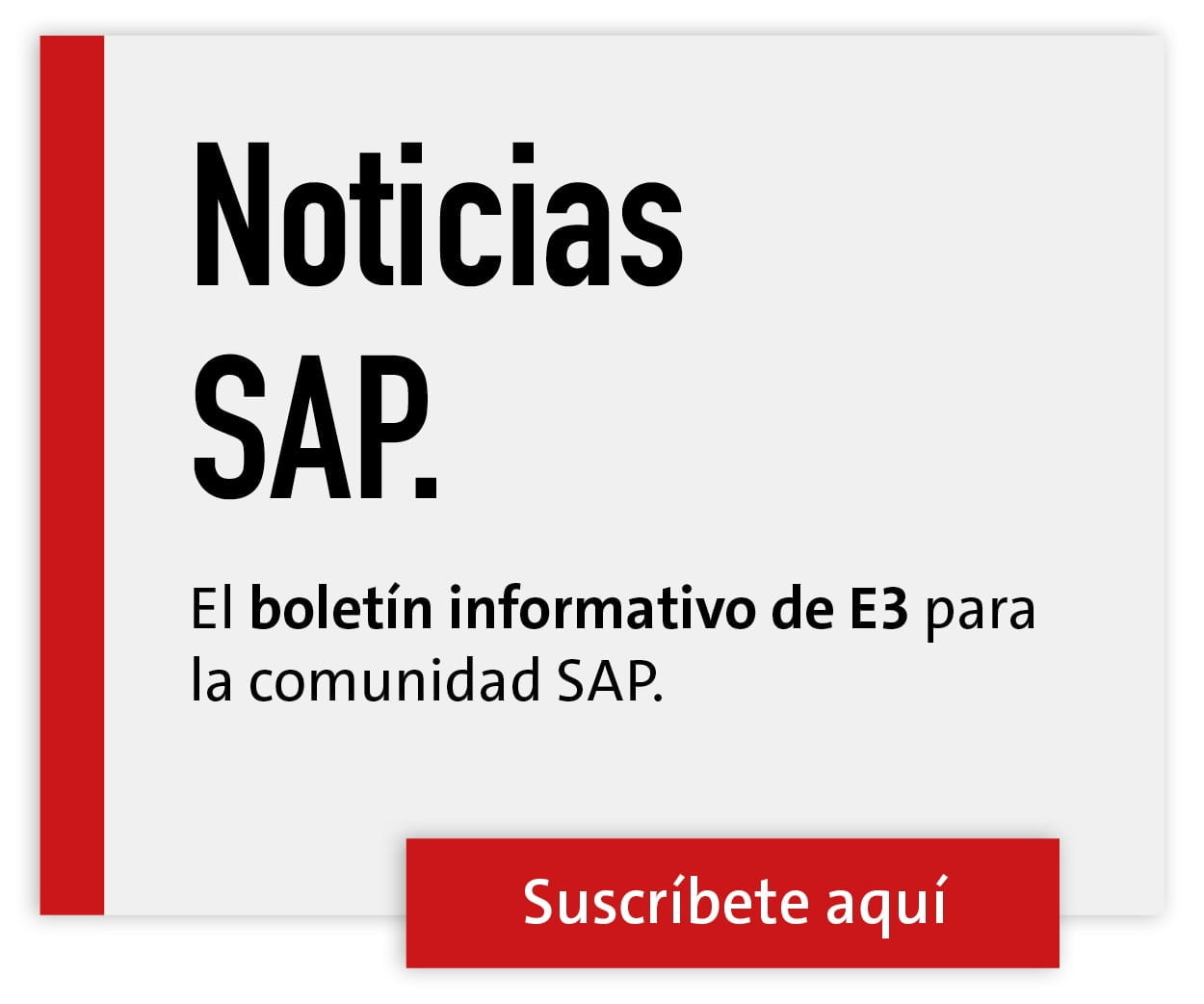Simply everything for one!


The idea behind Industry 4.0 is quickly put on paper: In a nutshell, from a technical perspective, it is the value-creating combination of automation and information technology in production.
All elements involved in a process - machines, products, systems, people, etc. - communicate and organize themselves in real time.
From a business and organizational perspective, manufacturing companies are enabled to develop the right response to the increasing intensity of competition and atomization of demand.
The buzzword that is often used in this context is batch size 1, by which is meant that in the course of the digital transformation even series manufacturers can transform into variant manufacturers. In some cases, they may even become one-off manufacturers.
Such a change undoubtedly has far-reaching effects on the design of corporate and production processes and poses new challenges in terms of information flow and integration.
At this point, SAP wants to simplify the transition to the digital world for companies with S/4. The heart of S/4 Enterprise Management is the so-called "digital core for digital business processes".
This raises the question of whether the suite with its new range of functions can contribute significantly to the Industry 4.0 idea. After all, the efficient control of variant-rich production is often not one of the great strengths of traditional ERP systems.
The efficiency of ERP applications is often increased by specialized add-ons such as BTC VariantDirekt in order to fully cover the specific requirements of sectors such as the furniture industry or mechanical engineering. In this way, capacity planning can be realized that allows very short-term delivery commitments based on real-time information.
Complex sequence planning can be validated via upstream simulations without these processes resulting in a loss of runtime. It is also possible to integrate custom-made products into production at short notice without causing equally long planning and set-up times.
The add-on supports all relevant process steps for multi-variant make-to-order manufacturers - from the creation of parts lists and scheduling to the provision of design drawings.
New options through Hana
The introduction of the SAP Hana high-performance platform opens up new options for reacting more quickly and, above all, more easily to changing requirements.
From a technical perspective, SAP Hana has everything it takes to process large volumes of data in real time. This provides the opportunity to dispense with traditional MRP lists and carry out material requirements planning on the fly.
Even the future significance of special planning solutions such as SAP APO (Advanced Planning and Optimization) can be questioned with this approach. The prospect sounds tempting. An initial examination shows that further functional areas have been Hana-optimized in the 1511 release of S/4.
The suite provides all functions relevant to logistics - from sales and distribution to inventory management, material requirements and capacity planning through to purchasing. In addition, the version includes a significantly leaner data model for materials management and initial approaches to Hana-optimized planning.
The original project name Simple Logistics, under which the realization of the functions for supply chain management and production planning was advanced, already carried the objective of simplification in its name.
Similar to Simple Finance (now S/4 Finance), the number of tables in Inventory Management, some of which were introduced for pre-compressed intermediate aggregates, has been significantly reduced. Now, only four tables are used - one each for storage location data, material master data, inventory management and the material document.
Short:
Thanks to the performance of the SAP Hana in-memory platform, master and transaction information can now be managed separately, making the historically grown, less transparent table nesting obsolete.
In the new system, information is no longer stored redundantly, which is inevitably advantageous for performance and storage requirements. At the same time, transparency and data security increase, since the risk of transfer and incorrect posting between aggregates does not exist in the new system.
Compared to the traditional ERP system, including the products once introduced as New Dimension, the inherent planning architecture in S/4 is visibly simplified.
This relates in particular to the close cooperation with the SAP APO planning component, whose functions will probably be gradually transferred to the Digital Core.
The MaxDB-based liveCache, an early form of in-memory processing, is now merging with the Hana platform of S/4, resulting in a simplification of the architecture.
With MRP live, a high-performance planning engine is now available in the ERP core. MRP runs can now be executed in significantly shorter cycles, making multi-stage individual customer planning obsolete.
Which planning heuristics are ultimately carried out in the ERP or Hana-based system is stored in the material master and is queried on the fly by MRP Live Dispatcher. In addition to classic planning calculations, MRP Live also supports dedicated planning for selected materials at a selected location and the associated supplying production plant.
The calculation can cover the entire supply chain - i.e. including the components in the production plants. Planning based on scheduling is also supported.
S/4 also includes the APO production and detailed planning component PP-DS as a co-installation. This allows planned orders to be created synchronously without interrupting the MRP process in ERP.
Redundant master data storage and time-consuming data transfer between systems are therefore a thing of the past. An important element of digitization is the user-friendliness of software applications.
With the so-called "Fioris", SAP now offers an app-based operating concept that significantly simplifies work. For example, the smart business application "MRP Cockpit" visualizes material shortage situations in the planning process at a glance.
System-based simulation supports the dispatcher with pre-evaluated solution options. SAP has also released a series of transactional and analytical apps for logistics with the 1511 release.
Releases 1602 and 1605
The development is running at full speed and more apps can be expected with the upcoming releases 1602 and 1605. Until then, it might be necessary to switch between user interfaces.
For example, in the order-to-cash process flow, the creation of a production order is now also carried out via a Fiori app, while the goods receipt posting of ordered parts is still processed in the traditional WebGUI. To be fair, SAP has to admit that the current deficits are simply due to the size of the task.
Close integration of extended warehouse management and control (EWM) and transportation management (TM) with the Digital Core is also expected. Hana-optimized variant configuration and sequence planning of bottlenecks are also on the developers' to-do list.
Conclusion
Even if not everything is complete from a process perspective: The direction SAP is taking with S/4 Hana Enterprise Management promises to be the appropriate platform for implementing Industry 4.0 concepts.
It is already apparent what new possibilities S/4 offers in production planning and control, while the Hana platform brings impressive capabilities for integrating and processing multiple sources of data and information.
This also includes broad support for different operating models and interoperability with cloud applications. S/4 gives a clear indication of what not only interested manufacturing companies can expect (and demand) from a modern ERP suite in the future.
With the upcoming releases, we can expect a number of optimized applications that will make it harder not to look more closely at S/4 in your own digitization strategy.







